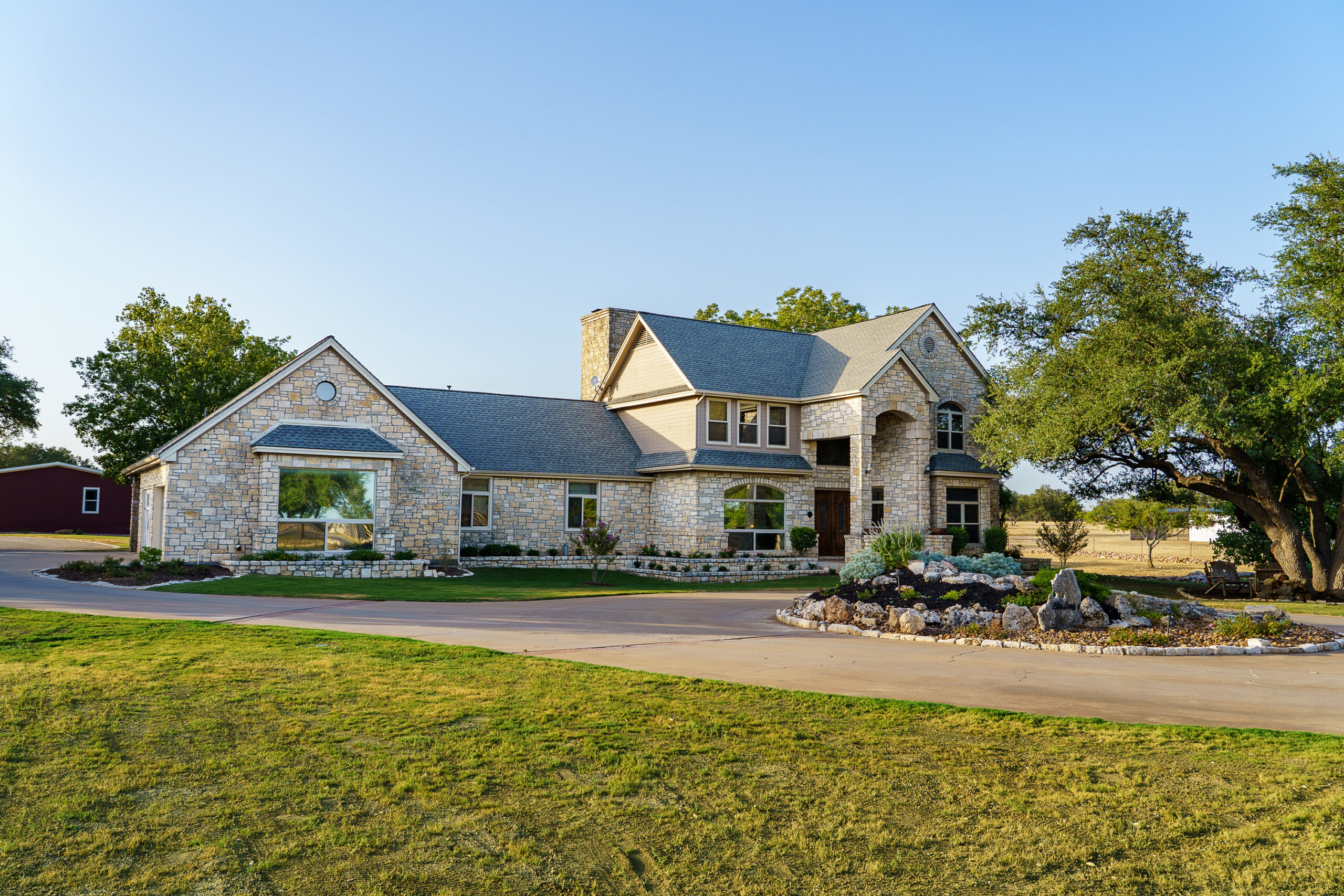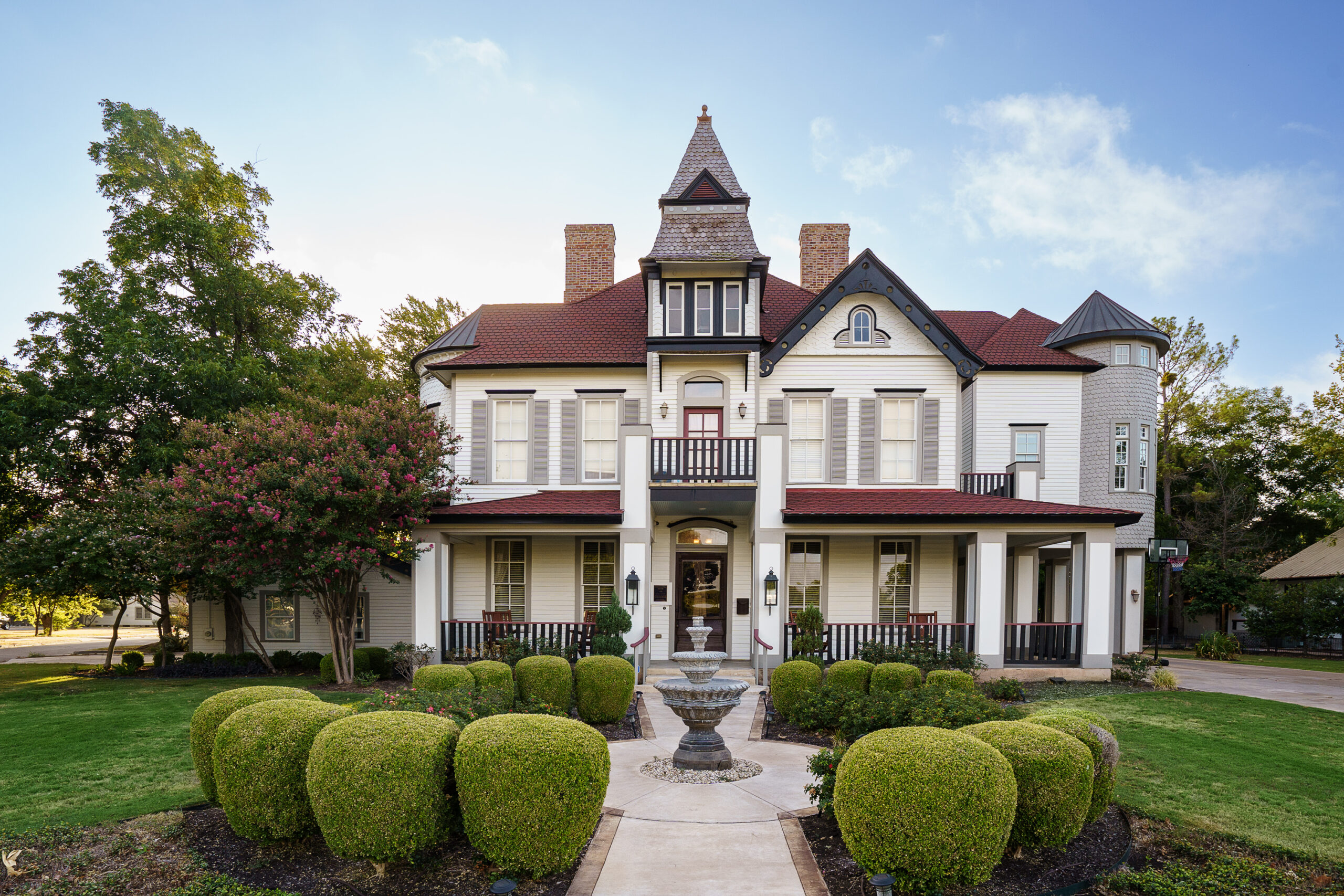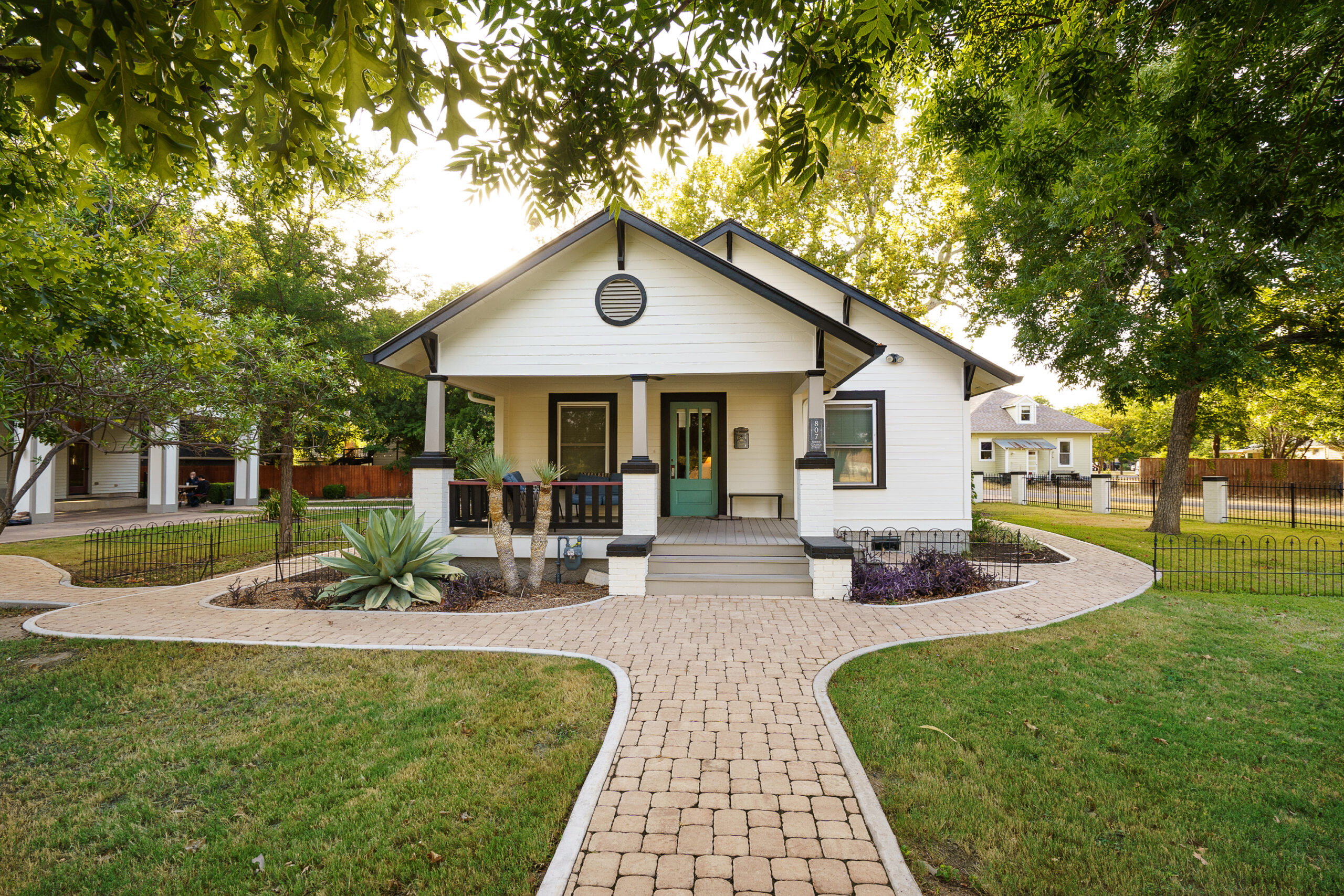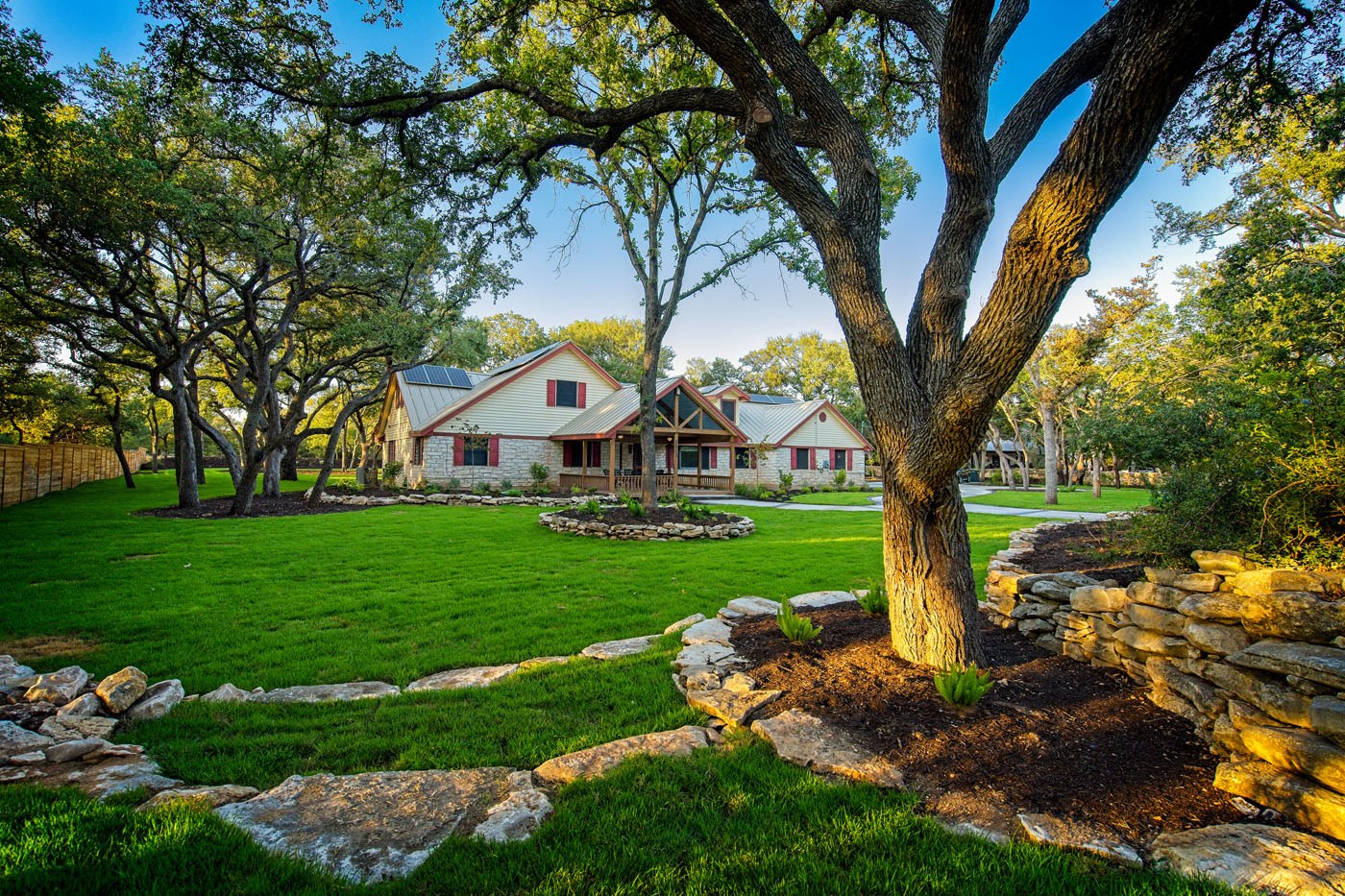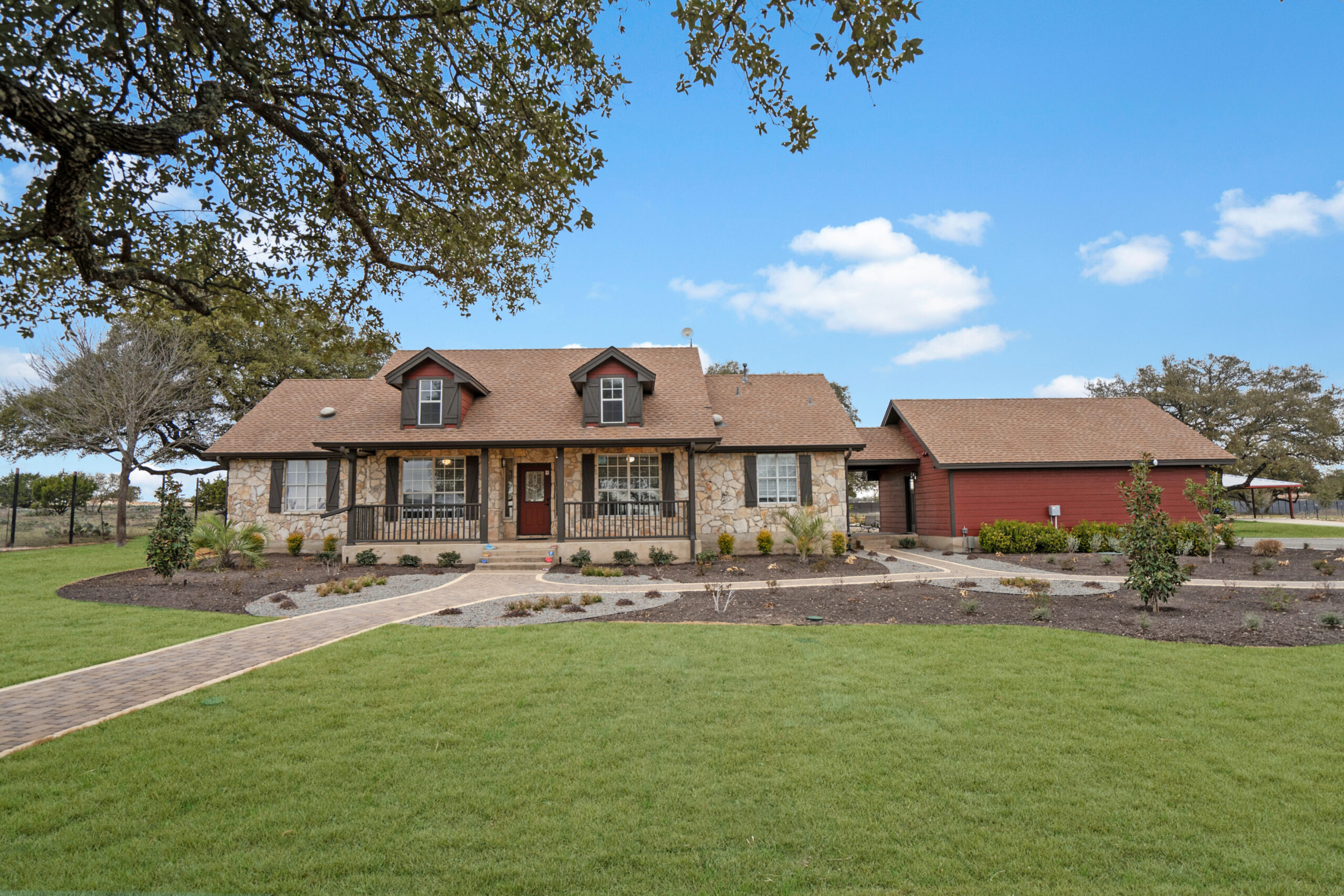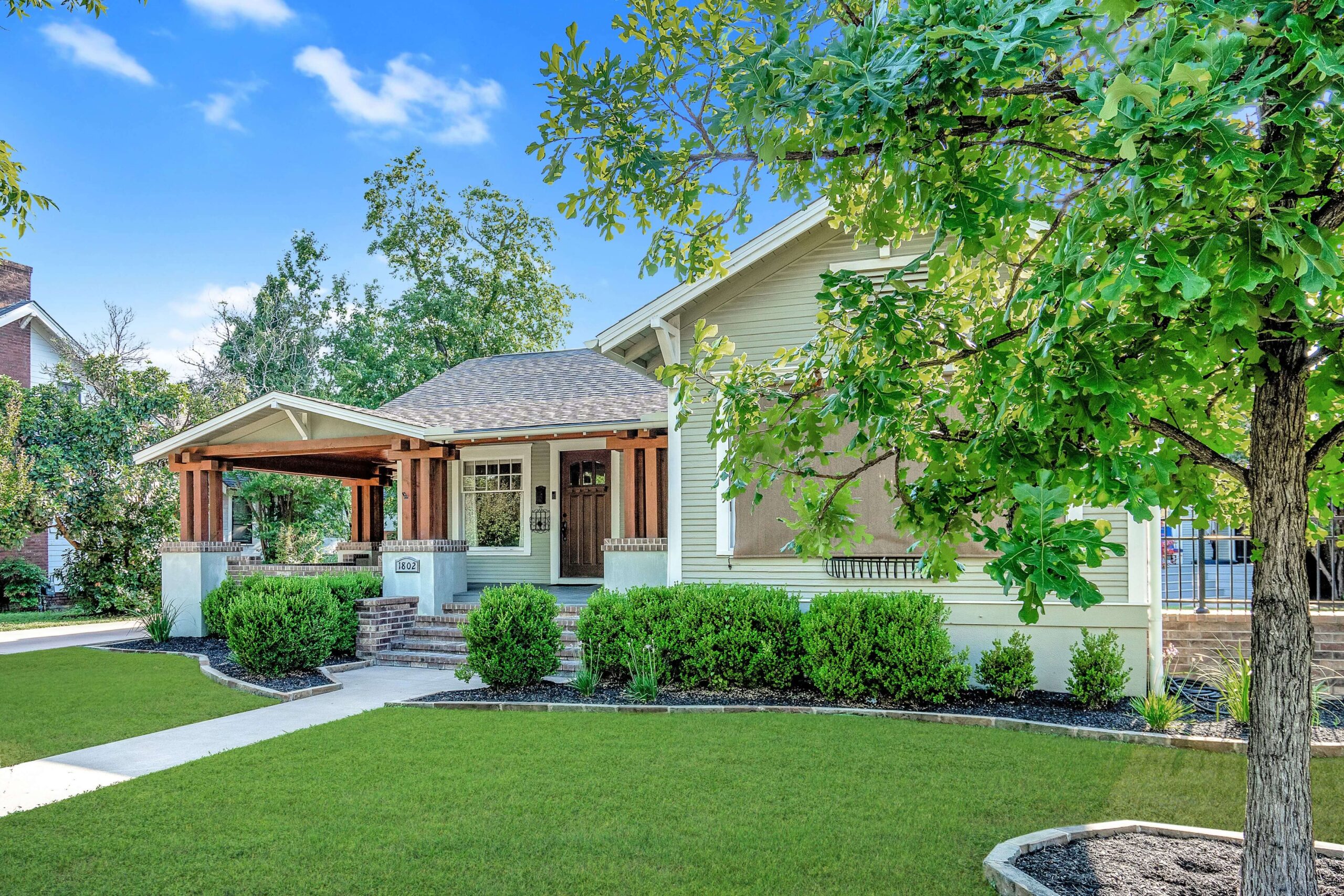Life has its ups and downs. Whether we’re moving forward or standing still, there are countless twists, turns and obstacles along the way. This is a normal part of being human, so we press on through the highs and lows. But for those with bipolar disorder, these variations are more extreme, with fluctuations in mood, thinking and behavior that are disruptive to normal functioning. Emotions can become so volatile that it becomes difficult to maintain a sense of stability and balance in day-to-day life.
Bipolar disorder treatment is necessary to reduce the severity and number of episodes of mania and depression to have a normal life as possible.
Just minutes from Austin, TX, our team is ready to help
If you or someone you care about is struggling to address your need for mental health, Alta Loma could mean the difference between relapse and long-term recovery
What is Bipolar Disorder?
Bipolar disorder, a mental health condition, leads to sudden mood swings. Individuals with this disorder struggle with focus and energy shifts that hinder daily tasks. Alta Loma Transformational Services offers various programs to help manage bipolar depression and acute mania, supporting individuals in enhancing their mental well-being.
Bipolar disorder has two main phases: manic and depressive. Manic episodes bring feelings of euphoria, heightened energy, illogical thoughts, and sometimes delusions. These are often succeeded by depressive episodes marked by low mood, decreased energy, and lack of interest in activities.
Types of Bipolar Disorder
There are different types of bipolar disorder (primarily type 1 and 2), and the extent to which an individual experiences these symptoms depends on their diagnosis. According to the Diagnostic and Statistical Manual of Mental Disorders (DSM-5), published by the American Psychiatric Association, those with bipolar I disorder are prone to full-blown manic symptoms, which can last for days or months, while individuals with bipolar II disorder experience less intense hypomanic and depressive symptoms. While hypomania isn’t as severe as a manic episode, both can be frightening, debilitating, and disruptive to normal functioning.
What Causes Bipolar Disorder?
While no one knows the exact cause of the bipolar disorder, some common risk factors have been identified, including a history of substance abuse, trauma and mental illness within the family. There also seems to be some overlap between bipolar disorder and autism spectrum disorders like Autism Spectrum Disorder. In most cases, a combination of these and other factors likely play a role in its development.
Brain Structure and Chemistry
Some research shows that individuals with bipolar disorder have distinct differences in their brains that may contribute to the condition. It was also recently discovered that gene expression patterns in the brains of those with bipolar disorder and autism are surprisingly similar.
Substance Use
Prolonged substance use can change how the brain functions by affecting important neurotransmitters such as dopamine and serotonin. Drug use can’t cause bipolar disorder, but it can trigger its onset and contribute to worsening symptoms.
Genetics
Bipolar disorder is much more common in people who have close family relatives (parents or siblings, for example) with the condition.
Environment
While looking for causes of bipolar disorder, researchers found that those who have it were more likely to have experienced trauma, extreme stress or abuse during their childhoods.
While it’s not always clear why some people develop bipolar disorder and others don’t, there are treatment options available that can help regardless of the cause. To treat bipolar disorder, a combination of therapy and mood-stabilizing medication can get individuals back on track and help them identify the onset of manic or depressive symptoms, stabilize their moods and develop an “emergency plan” for when manic or hypomanic episodes do occur.
Bipolar Disorder and Autism Spectrum Disorder
Research shows that those with Autism Spectrum Disorder are more likely to be diagnosed with bipolar disorder than the general population. In fact, studies have found that 27 percent of children with an autism spectrum disorder also exhibit signs of bipolar disorder. This may be linked to overlapping gene expressions within the brain, giving rise to shared symptoms and a high rate of comorbidity. The similarities can make finding a proper diagnosis difficult, but identifying a co-occurrence of Autism Spectrum Disorder and bipolar disorder can improve treatment strategies and ensure better outcomes by addressing both conditions simultaneously.
At Alta Loma, we provide comprehensive care that can help men struggling with Autism Spectrum Disorder and bipolar disorders. We specialize in dual diagnosis recovery and recognize the unique challenges these individuals face, so our treatment plans are tailored to meet their exact needs. Delivered in a supportive setting with the guidance of a highly collaborative group of doctors and clinicians, our program is uniquely qualified to help those with co-occurring disorders achieve a lasting sense of mental wellness.
Treating Bipolar Disorder at Alta Loma
Alta Loma goes above and beyond to help men with chronic mental health conditions and co-occurring disorders overcome their challenges. Our programs integrate all aspects of emotional and mental wellness into a resident’s bipolar disorder treatment plan, helping them further stabilize their moods and work on achieving long-term recovery. This approach ensures each individual’s needs are met and that the messages, therapies and services we deliver are cohesive throughout the Bipolar disorder treatment process. Some of the techniques we use include:
CBT Treatment
Nutrition Education
Medication Management
Recreational Therapy
Truthought Curriculum
Community Integration
Our goal is to provide men with mental health disorders a safe landing place to begin healing and learn how to manage their symptoms. The long-term continuum of care available at Alta Loma will help residents move toward healthy and sustainable independent living while helping to mitigate the stress and anxiety that often arises during early recovery and transitional periods. Contact us today and start your path to recovery.
Our Facilities & Programs
Our facilities are meticulously crafted to offer solace, recovery, and a feeling of belonging. From expansive, elegantly furnished bedrooms that guarantee seclusion and peace, to shared spaces that nurture relationships and companionship, each aspect has been meticulously planned to enhance the journey to well-being.
Men's Programs
Women's Programs
Contact Us
You understand your needs best. If you have found yourself at a crossroads in your treatment and feel like your program options don’t fully understand you or aspects of your recovery, it’s time to contact the specialists at Alta Loma.
phone
(512) 877-4883
Opening Hours
Open 24 Hours
Address
103 E 8th St, Georgetown, TX 78626
Fill Our Our Form
We answer all responses as soon as we recieve them.
